Search results for: 'stone a'
-
 Egyptian chalice
Egyptian chaliceThe thin-walled stone cup is reminiscent of a lotus bud. From the collection of Egyptologist Professor Wiedemann. 18th dynasty of Ancient Egypt.
Price: on request Western Asiatic macehead
Western Asiatic maceheadHeavy stone head of a mace with a depressed globular shape. Beautiful whitish brown hardstone. From the Early Bronze Age of Western Asia.
Price: on request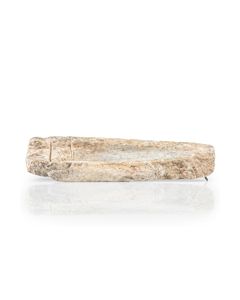 Bronze Age casting mould for a chisel
Bronze Age casting mould for a chiselOne half of a stone mould for bronze casting. The equipment is from a workshop of the 2nd Millennium BC, probably from the Carpathian Basin. From the famous Guttmann Collection. This mould was published in a work by Born and Hansen.
Price: on request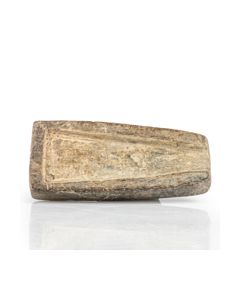 Bronze Age casting mould for a flat axe
Bronze Age casting mould for a flat axeOne half of a stone mould for bronze casting an axe head. The equipment is from a workshop of the 2nd Millennium BC, probably from the Carpathian Basin. From the famous Guttmann Collection. This mould was published in a work by Born and Hansen.
Price: on request Egyptian model vessels of a founding ceremony
Egyptian model vessels of a founding ceremonyA group of seven miniature bowls and three miniature vases made of clay. Once filled with offerings and used ritually during a foundation stone laying ceremony. Dating to the Old Kingdom, around 2500 BC.
Price: on request Egyptian green stone vessel
Egyptian green stone vesselThe stone vessel is made of beautiful green serpentine. From the collection of Egyptologist Professor Wiedemann. Middle Kingdom of Ancient Egypt.
Price: on request Egyptian stone beaker
Egyptian stone beakerThe elegant stone vase was probably used as an ointment vessel. 5th to 6th dynasty of ancient Egypt, Old Kingdom.
Price: on request Slender Egyptian stone beaker
Slender Egyptian stone beakerThe small and tall stone vessel is made of alabaster. From the collection of Egyptologist Professor Wiedemann.
Price: on request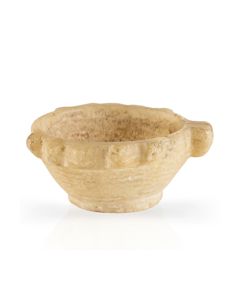 Egyptian alabaster bowl from Luxor
Egyptian alabaster bowl from LuxorThe small stone vessel is an offering bowl for libation. From the collection of Egyptologist Professor Wiedemann. 12th to 18th dynasty of Ancient Egypt
Price: on request Egyptian alabaster vessel
Egyptian alabaster vesselLarge container for this type of vessel. A thin-walled and very skilfully crafted specimen. Made between the 12th and 18th dynasty of Ancient Egypt.
Price: on request Egyptian stone vessel from Luxor
Egyptian stone vessel from LuxorThe cosmetic vessel is of a rare type. From the collection of Egyptologist Professor Wiedemann. Middle Kingdom of Ancient Egypt
Price: on request Small Egyptian stone vessel
Small Egyptian stone vesselNice stone vessel and rare type from the Middle Kingdom. Timelessly elegant shape.
Price: on request Egyptian Kohl vessel
Egyptian Kohl vesselThe small stone pot of nicely polished granite was used for Kohl, the eye cosmetic of the ancient Egyptians. From the time between Middle Kingdom and New Kingdom.
Price: on request Small Egyptian Kohl vessel
Small Egyptian Kohl vesselThe stone pot was used for Kohl, the eye cosmetic of the ancient Egyptians. Vessel with well preserved body and missing rim. From the 2nd Millenium BC.
Price: on request Small Egyptian Kohl vessel
Small Egyptian Kohl vesselThe stone pot was used for Kohl, the eye cosmetic of the ancient Egyptians. Vessel with well preserved body and missing rim. From the 2nd Millenium BC.
Price: on request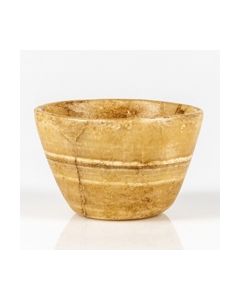 Egyptian stone bowl
Egyptian stone bowlThis wonderful bowl of banded stone was probably used for ritual purposes. From the Early Dynastic Period or Old Kingdom of ancient Egypt.
Price: on request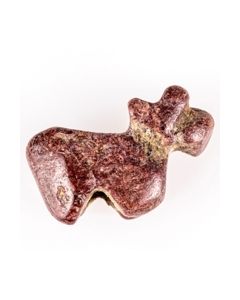 Sumerian miniature ram amulet
Sumerian miniature ram amuletNice small stone amulet in the stylized shape of a ram. From the 3rd Millenium BC.
Price: on request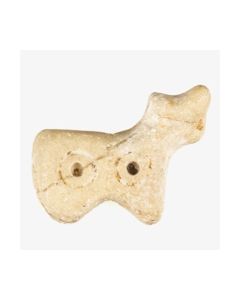 Sumerian ram amulet
Sumerian ram amuletNice small stone amulet in the stylized shape of a ram. From the 3rd Millenium BC.
Price: on request Sumerian miniature ram amulet
Sumerian miniature ram amuletNice small stone amulet in the stylized shape of a ram. From the 3rd Millenium BC.
Price: on request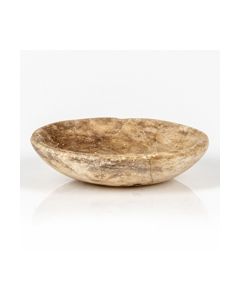 Shallow bowl from Egypt
Shallow bowl from EgyptMade of nicely banded Egyptian alabaster. High quality bowl with a fine polish. Early Dynastic to Old Kingdom.
Price: on request Egyptian stone bowl
Egyptian stone bowlThis wonderful and relatively large bowl of banded stone was probably used for ritual purposes. From the Early Dynastic Period or Old Kingdom of ancient Egypt.
Price: on request Mesopotamian stone vessel
Mesopotamian stone vesselHeavy and high quality vessel from Bronze Age of Mesopotamia, reminescent of similar Egyptian stone vessels. Ex Christie's.
Price: on request Syrian amulet in animal shape
Syrian amulet in animal shapeSmall amulet of nice red stone in the stylized shape of a pig. From the 3rd Millenium BC.
Price: on request Near Eastern cylinder seal
Near Eastern cylinder sealThe seal of black stone bears a scene with four noblemen or gods. Late Syrian, around 1500 BC.
Price: on request Ram-headed pendant
Ram-headed pendantFinely polished stone shaped like a stylized ram head with spiral horns. Bronze Age amulet from the Middle East.
Price: on request Scarab with pattern of circles
Scarab with pattern of circlesThe beetle stone bears a popular motive of the Middle Empire. A nice example of its kind. This scarab is described in the catalogue of Irène Gautier-Vodoz.
Price: on request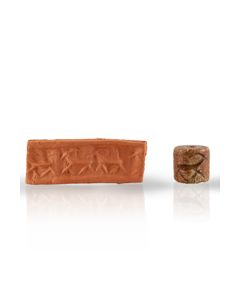 Mesopotamian cylinder seal with gazelles
Mesopotamian cylinder seal with gazellesThe seal made of nice red stone shows three gazelles walking in line. A wonderful artefact from the Jemdet Nasr period.
Price: on request Egyptian predynastic cosmetic palette
Egyptian predynastic cosmetic paletteHigh quality palette with two stylized bird heads. Characteristic for the Naqada II period. Circa 3500 to 3200 BC.
Price: on request Old Babylonian cylinder seal
Old Babylonian cylinder sealThis Old Babylonian seal with a worship scene is made from lapis lazuli, a very rare choice for this period.
Price: on request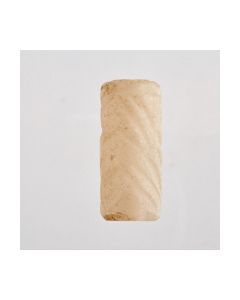 Mesopotamian cylinder seal with abstract scene
Mesopotamian cylinder seal with abstract sceneThe milky white stone is engraved with a scene that stands out by its high degree of abstraction. Late Uruk to Djemdet Nasr period, around 3000 BC.
Price: on request Two Mesopotamian mosaic cones
Two Mesopotamian mosaic conesThe pieces were part of a mosaic decoration of a Mesopotamian structure in the 4th Millenium BC. The temple architecture from Uruk is a particularly well known example of such a use.
Price: on request Early flat axe from Judea
Early flat axe from JudeaInteresting bronze axe head from Early Bronze Age. The piece was found in Judea.
Price: on request Early flat axe from Judea
Early flat axe from JudeaCompact bronze axe head from Early Bronze Age. The piece was found in Judea.
Price: on request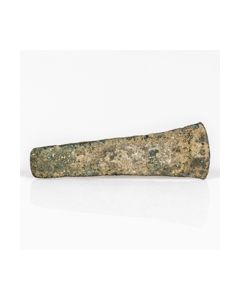 Early flat axe from Judea
Early flat axe from JudeaTrapezoidal axe head from Early Bronze Age. The piece was found in Judea.
Price: on request Flint blade and stone mould
Flint blade and stone mouldInteresting group of two artefacts. A Neolithic flint blade from Egypt and a Bronze Age mould for casting or hammering metal.
Price: on request Mesopotamian stamp seal in bull shape
Mesopotamian stamp seal in bull shapeThe magnificent seal is from the Jemdet Nasr period. The stamp shows quadrupeds and a scorpion. Published in a book about the Epstein collection.
Price: on request

